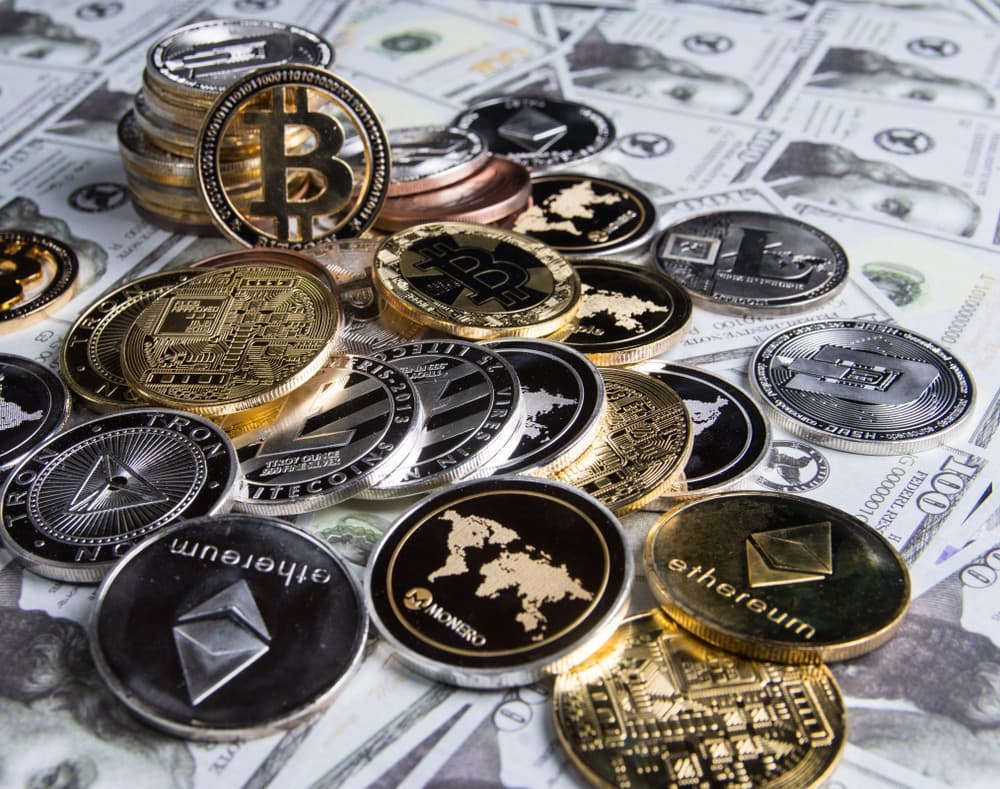
I recently had a long conversation with Doug Casey for our latest issue of Crisis Investing. We talked about his outlook for 2025 and his most compelling investment plays for the year. The conversation naturally shifted to Trump and his tariff plans, and Doug said something particularly interesting:
If he puts on serious tariffs, it’ll absolutely destroy the world economy—worse than it did in the 1930s because there’s far more trade now than there was back then.
I knew Doug wasn’t wild about Trump’s plans in this area, but destroy the global economy? Surely not.
Yet here we are, barely a week into the month, and Doug’s warning feels more relevant than ever, with President Trump putting tariffs front and center. So, I figured it’d be worth taking a closer look at what’s happening and where things could go from here.
By the way, whether you agree with Doug’s warning or not, tariffs are definitely worth paying attention to. They impact pretty much everything we talk about in these pages—economic growth, monetary policy, real estate, and the financial system as a whole. It’s all connected.
Let’s dig in…
Quick Surrender
On February 1, President Trump announced tariffs on Canada, Mexico, and China.
The tariffs were set to kick in on February 4, and the world braced for impact. The stock market took a hit. Commodities followed. Even Bitcoin dropped. People were quick to call Trump crazy for imposing tariffs, especially on Canada and Mexico, our supposed allies.
But then, just a day before the deadline, Canada and Mexico folded under pressure. In response, Trump hit the pause button on those tariffs for 30 days. The markets, relieved, bounced back.
So, what did Canada and Mexico agree to?
Exactly what Trump wanted: more border security to curb the flow of illegal immigrants and fentanyl.
Canada promised $1.3 billion for a new border plan, including 10,000 workers, and even agreed to appoint a “Fentanyl Czar” to lead a joint strike force with the U.S. aimed at fighting drug trafficking and money laundering.
Mexico, on the other hand, is deploying 10,000 National Guard troops to the U.S. border. They’ll also ramp up rail shipment surveillance and work with the U.S. to stop gun trafficking into Mexico.
Now, you might be wondering—why did our neighbors cave so quickly? It’s simple: they need the U.S. way more than the U.S. needs them.
Canada sends 22% of its GDP’s worth of exports to the U.S., while for Mexico, it’s an even heftier 35%. Meanwhile, U.S. exports to Canada and Mexico account for only 1.5% and 1.2% of U.S. GDP, respectively.
In other words, Mexico and Canada are heavily dependent on U.S. trade. In a game of chicken, they couldn’t afford to be the ones who flinched too late. The economic fallout would hit them far harder than the U.S.
Trump knew this, and he used it as leverage. It wasn’t about starting a tariff war—it was about negotiating from a position of power. And it worked.
If I had to guess, Trump is postponing the tariffs rather than canceling them outright to ensure that the promised border security measures stay in place. My bet is that the postponement will likely stretch indefinitely, as long as illegal border crossings and fentanyl flows keep declining, or if something major goes wrong.
Retaliation and Escalation
Now, as you may recall, there was a third country slapped with tariffs on that fateful February 1st. That country was China.
Unlike the steep (25%) tariffs on Canada and Mexico—designed as a negotiating tactic to bend them to Trump’s will on border security—the tariffs on China started with a smaller 10%. Why?
Because these tariffs are indeed for real.
Keep in mind, Trump originally proposed a minimum 60% tariff on Chinese imports while on the campaign trail. I don’t think he’s backing down from that. Starting at 10% is just a tactic to leave room for escalation (and show how high he’s willing to go) if the other party retaliates.
Well, we sure as hell didn’t have to wait long for that.
On February 4th—the day the tariffs were set to take effect—Trump and China’s President Xi Jinping were supposed to talk. But that call never happened, because China hit back with retaliatory tariffs:
- 10% tariffs on U.S. oil and machinery.
- 15% tariffs on U.S. coal and gas.
- Export restrictions on critical minerals.
- Restricted Google’s operations in China.
When asked about China’s response, President Trump brushed it off: “That’s fine, it’s fine. We’re going to do very well against China and against everybody else.”
Sure, but the reality is, China isn’t taking Trump’s strong-arm tactics lying down. And if I had to make a guess, this kind of tit-for-tat will escalate, potentially turning into a full-blown, no-holds-barred Trade War 2.0.
That’s because the U.S.-China rivalry isn’t just about trade—it’s about global influence and dominance.
Yes, President Trump’s stated goal is to address trade imbalances and bring manufacturing back to the U.S. But this trade war is part of a much bigger picture—a broader strategic competition.
Trump sees China as a long-term threat. He’s not happy about its leading role in BRICS, its push for de-dollarization, the Belt and Road Initiative, its growing military presence in the Asia-Pacific region, and Taiwan.
My point is, this clearly isn’t just about the trade deficit or “unfair” trade practices.
And seeing that China is about five times more dependent on U.S. trade for its economic output than the U.S. is on China, President Trump sees an opportunity to strike.
But here’s the thing—so does China.
Despite what many think, China isn’t nearly as reliant on exporting to the U.S. as Mexico or Canada. Chinese exports to the U.S. make up about 3% of China’s GDP. Sure, that’s not nothing, especially given the massive size of its economy, but in relative terms, it’s manageable. This relative independence, combined with China’s huge domestic consumer market and diversified global trade networks, gives it more room to resist U.S. pressure and engage in a prolonged trade conflict.
Backing down, however, would be seen as a loss of face and a sign of weakness—something the ruling Communist Party just can’t afford.
Smoot-Hawley 2.0?
Unfortunately, all of this—and this is where we come full circle to Doug’s quote earlier—is bad news for the global economy.
China isn’t Mexico—much less Canada. It’s the world’s largest exporter. And as such, China’s trade networks woven deeply into global supply chains.
What this means is that if China restricts exports of key components (like rare earth elements or semiconductors), it won’t just hurt U.S. companies. Manufacturers in Europe, Japan, South Korea, and other regions that rely on these inputs would be affected too. Production delays, higher prices, and shortages across industries worldwide would soon follow.
This, in turn, would slow down global trade, snowballing into less investment, slower growth, and more poverty everywhere.
This is more or less what happened in the 1930s, the period Doug mentioned in the quote above, when the U.S. passed the Smoot-Hawley Tariff Act. Here’s a snapshot of the damage between 1929, when it was enacted, and 1934, when the Reciprocal Trade Agreements Act brought it to an end:
- World trade collapsed by 66% as countries imposed tariffs and trade restrictions.
- Global GDP fell by about 15-20%, with some countries seeing declines of 30-50%.
- Commodity prices plunged 50-80%, slashing revenues for developing countries reliant on raw material exports.
- Unemployment skyrocketed, reaching 25-33% in some countries, while poverty, malnutrition, and social unrest surged.
Unfortunately, as Doug pointed out, the stakes are even higher now. That’s because there’s far more trade today than there was in the 1930s. This means the potential fallout could be even worse if this tariff standoff spirals out of control.
Regards,
Lau Vegys



